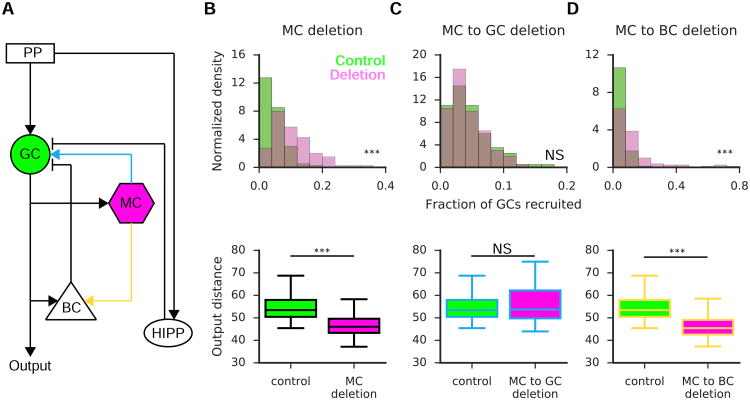Figure 4. The role of mossy cells in pattern separation: a computational approach.
(A) Schematic of the DG computational model. Granule cells (GC, green) receive excitatory input from the perforant path (PP) and mossy cells (MC) in addition to feed-forward inhibition from hilar perforant path-associated (HIPP) cells and feedback inhibition from basket cells (BC). MCs also provide excitation to BCs.
(B-D, top): the fraction of recruited GCs in response to PP input. Green denotes the model under control conditions, while purple reflects the fraction of active GCs under various deletion conditions: complete MC deletion (B), deletion of the direct excitatory (C) or deletion of the disynaptic inhibition (D). Deletion of MCs (B) increased the fraction of GCs recruited (KS Stat=0.49, n=100 control, 100 deletion simulations, p<0.001, 2-sample KS Test). This effect was mediated by disynaptic inhibition (D; KS Stat=0.45, n=100 control, 100 deletion simulations, p<0.001, 2-sample KS Test). (bottom): pattern separation efficiency is measured as the output distance between the GC populations responding to two highly overlapping PP inputs for the three aforementioned cases. MC deletion (B) results in a reduction in pattern separation efficiency (U(98)=395, p<0.001, Mann Whitney U), and this effect again was mediated by the disynaptic inhibitory pathway (D; U(98)=349, p<0.001, Mann Whitney U).

